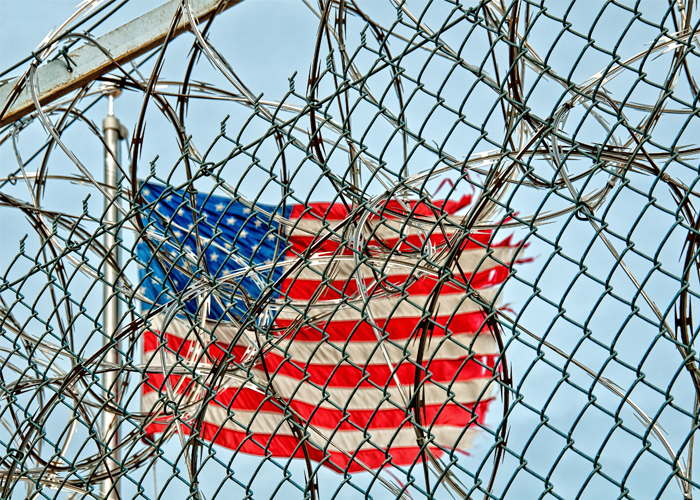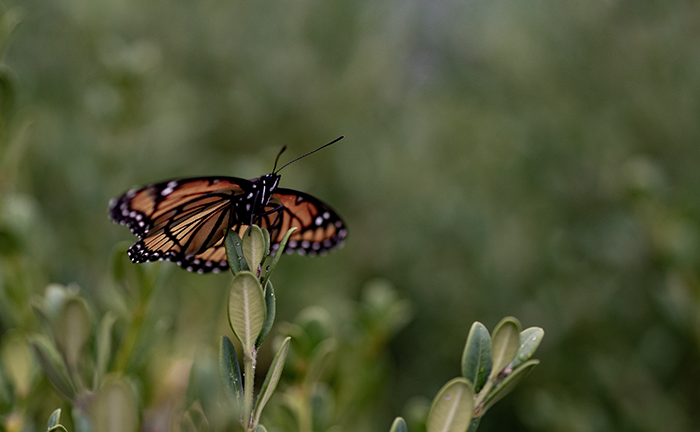With the government shutdown now in its fourth week, the ramifications of Trump’s desired border wall are steadily mounting: furloughed workers are going without pay; national parks are overflowing with waste; airports are facing security risks as unpaid TSA screeners call in sick; tens of thousands of federal employees are working without pay — the list goes on.
With Trump refusing to budge until Democrats approve a whopping $5.7 billion for his border wall, it appears there’s no end in sight to the longest government shutdown in U.S. history.
But many of Trump’s claims about a crisis at the border have been proven false and highly exaggerated, and his proposed wall’s true cost goes far beyond a multibillion-dollar price tag. Along with stifling the U.S. economy, stoking racial tensions, disrupting minority communities, and harming migrant safety, erecting a barrier between the United States and Mexico will inevitably wreak havoc on the environment and the wildlife living along the southern border.

Environmental Impacts
Put simply, Trump’s border wall will be nothing short of an environmental disaster. Construction of the proposed 1,000-mile barrier would impact water quality, change the flow of streams and rivers in the surrounding area (already apparent with the dangerous Rio Grande floods), completely eradicate natural habitats, produce nearly eight million tons of carbon dioxide emissions (that equates to the emissions of roughly 823,654 homes over the span of a year!), and drastically increase noise pollution as a result of construction.
Threats to Wildlife
The bulldozed landscapes and habitat loss arising from the border wall’s construction will interfere with wildlife populations’ access to food, water, and potential mates, and disrupt wildlife migration routes — spelling disaster for the more than 1,500 plant and animal species living along the southern border. Since many of these species are listed as critically endangered, endangered, or vulnerable by the IUCN Red List, the wall could be a literal death sentence.
With only about 114 Mexican gray wolfs alive in the wild today, the barrier would greatly threaten their survival and recovery; endangered South American jaguars could be driven to extinction; Big Bend National Park’s black bear population could become genetically isolated and die out; the endangered ocelot, a spotted wild cat native to South Texas, could be wiped out due to critical habitat destruction; and the same goes for the endangered Peninsular bighorn sheep!
The rare Tamaulipan thornscrub, the threatened whiskerbush cactus, and the endangered Zapata bladderpod wildflower are just a few examples of plant species that are set to perish if such a wall is built.
Although new legislation was able to spare Santa Ana National Wildlife Refuge by barring border wall funds, Mission, Texas’ National Butterfly Center was not as lucky. Home to more than 60 varieties of butterflies, some of which rely on the center for a pit stop during their yearly migration from Mexico to Canada, the 100-acre sanctuary is set to be divided by 33 miles of border wall in early February or March. Just one mile away, Bensten-Rio Grande State Park is also slated to be divided by the wall, which could potentially result in the park’s closing.

America has proven time and time again that its racist, xenophobic, and discriminatory roots run deep. (Clearly evident in the more than $20 million raised by American citizens for Trump’s wall via GoFundMe.) So, what is the cure for a nation — once built by immigrants…still being built by immigrants — to be accepting, and compassionate, and caring for all of humanity? Who knows. But a new president is definitely a good start.
Give me your tired, your poor, your huddled masses yearning to breathe free…because this land was made for you and me.
Also by Audrey: 8 Wellness Apps To Make Self-Care A Priority In 2019
Vegan Peanut Butter Oatmeal Cookies With Chocolate Drizzle
Get more like this—Subscribe to our daily inspirational newsletter for exclusive content!
__




